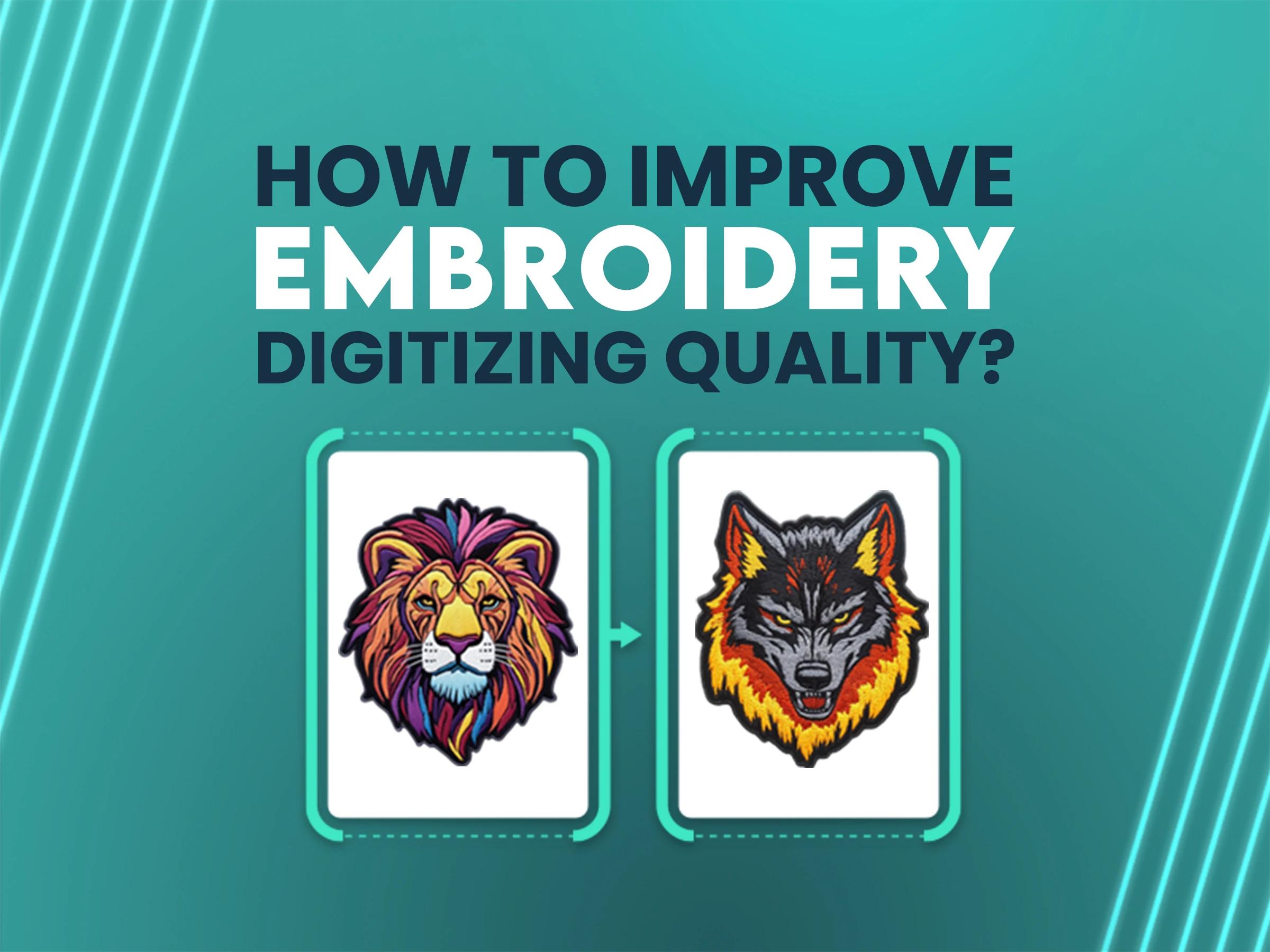
Embroidery digitizing is the core of every successful embroidery project. Whether you are a student, newbie, learner, or company owner, you understand that high quality digitization directly impacts your design's final result. True Digitizing offers quality embroidery digitizing services, transforming your artwork into attractive designs. However, how can you ensure that the embroidery digitizing quality meets industry standards? This blog post will discuss tips, techniques, and insights to help you achieve exceptional outcomes with custom embroidery digitizing.
Achieving high quality professional embroidery requires a blend of superior digitizing practices and an understanding of the fabric, thread, and design. Here are some proven techniques for improving your embroidery quality.
Stitch density is important for maintaining the quality of your design. Too many stitches can produce thread breakage, puckering, or fabric damage, whereas too few stitches can result in a lack of complexity. The right stitch density varies according to the material and design. For example, soft fabrics like silk need a lower stitch density, but harder fabrics like denim may take greater densities. Balancing this factor ensures that the embroidery looks clean and professional.
The stitch count has a direct impact on both the design's look and time to production. Keeping the stitch count perfect, avoid the embroidery from becoming too intricate or expensive to produce. While bigger designs generally have more stitches, unnecessary stitches could be avoided without losing quality. Proper stitch management improves both aesthetics and efficiency.
Jump stitches are created when the machine moves from one part of the pattern to another without stitching in between. This can result in a messy look and increases the chance of loose threads. While some jump stitches are unavoidable, they may be avoided by carefully designing the needle path. A well-digitized design carefully minimizes jumps, leading to easy movement between elements of the design.
Layering is important for designs that use different colors or textures. Layering allows you to add depth and complexity to your embroidery while preventing overlapping threads that cause clumping or thread breakage. Layering also helps to keep the design aligned, especially when working with complicated designs that require accuracy.
Underlay stitches act as a base for all designs, stabilizing the fabric and creating a smooth surface for the top stitching. These stitches are often hidden beneath the design but have an important role in preserving the overall structure. Using an appropriate underlay process, such as zigzag or edge move, prevents the material from stretching or wrinkling during the embroidery process, resulting in a cleaner finish.
Stitch angles determine how the thread lays on the fabric, which can affect the shine and texture of your embroidery. Different stitch angles accentuate a particular part of the pattern, giving it a more dynamic appearance. By changing the angles, you can get a more polished appearance while reducing the chance of distortion, especially on challenging fabrics.
Thread position is a small but important factor in the overall quality of your embroidery. The process in which the thread is put down affects the design's look, shine, and texture. To get an attractive and balanced look, ensure that the direction matches the design's natural flow. Misaligned thread direction provides an unnatural or uncomfortable look.
Choosing the right file format is important for smooth production and high quality results. DST, PES, EXP, and JEF are common embroidery file formats, each with a unique set of machine requirements. The DST format is one of the most popular because it works with a wide range of embroidery machines while maintaining great stitch accuracy. For personal or business embroidery, the proper file format ensures smooth processing and avoids stitching mistakes.
The quality of your digitizing also depends on the software you use. Here are a few of the best embroidery software for digitizing:
Wilcom: Widely considered to be the industry standard, Wilcom gives advanced tools and satisfactory control over complicated designs.
Brother PE-Design: Brother's PE-Design software is easy to use but powerful, making it suitable for both beginners and experts.
Embird: Good option for those who are looking for a customized and cost-effective solution.
While every software program has distinct benefits, Wilcom stands out for professional-grade projects due to its broad capabilities and advanced features. No matter what software you choose, choosing high-quality digitizing software will help to improve the final result of your embroidered designs.
True Digitizing has expertise in providing top-notch embroidery digitizing services that are suited to your needs. Whether you want to improve the quality of your embroidery or need professional assistance, our experts will help you every step of the way. From maximizing stitch density to assuring smooth thread direction, we help you get amazing embroidery results with a quick turnaround time.
With these above tips, you will be well on your way to improving your embroidery digitizing quality. Reach out to True Digitizing if you need any more support or have any questions regarding our high-quality digitizing services.
Nick William has been immersed in the world of embroidery digitizing for over 20 years, earning 25 industry awards throughout his career. As a 3rd generation embroidery expert, Nick’s journey started in his family’s workshop, where he learned the art of digitizing before the rise of modern software. He has worked with leading commercial embroidery businesses and has shared his expertise with over 75,000 home and professional embroiderers. As an author at True Digitizing, Nick is passionate about teaching others how to create beautiful, precise designs through easy-to-follow tutorials and expert advice.
Categories

Top 25 Christmas Machine Embroidery Designs for Holiday Gifts 2025
12-12-2025
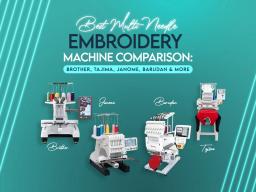
Best Multi-Needle Embroidery Machine Comparison | Brother, Tajima, Janome, Barudan & More
09-12-2025

3D Puff on Hats: How to Achieve the Perfect Raised Look
02-12-2025
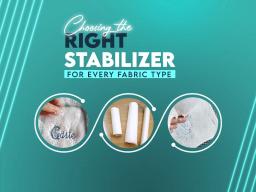
Choosing the Right Stabilizer for Every Fabric Type: Complete Guide
01-12-2025
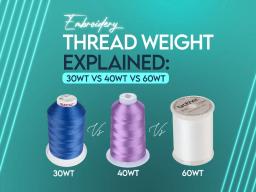
Embroidery Thread Weight Explained: 30wt vs 40wt vs 60wt
01-12-2025

Holiday Embroidery Trends | Top Designs for Thanksgiving through Christmas
27-11-2025

Thread Nesting Under Fabric? Here’s What it Means and How to Fix it
25-11-2025
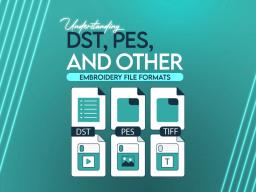
Understanding DST, PES, and Other Embroidery File Formats | A Complete Guide
20-11-2025
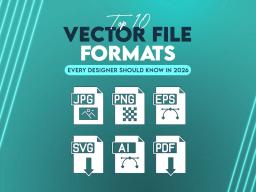
Top 10 Vector File Formats Every Designer Should Know in 2026
14-11-2025
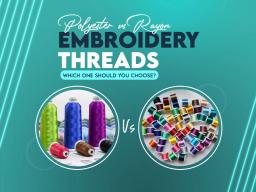
Polyester vs Rayon Embroidery Threads | Which One Should You Choose?
14-11-2025